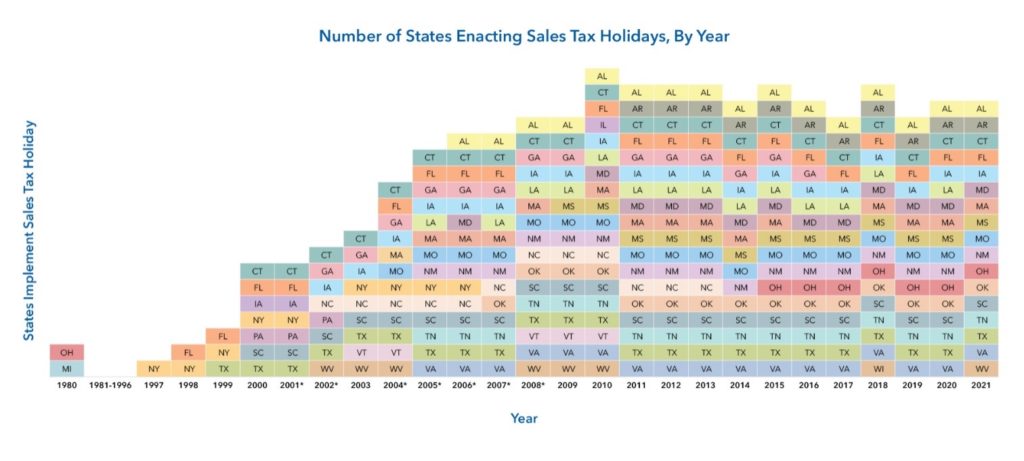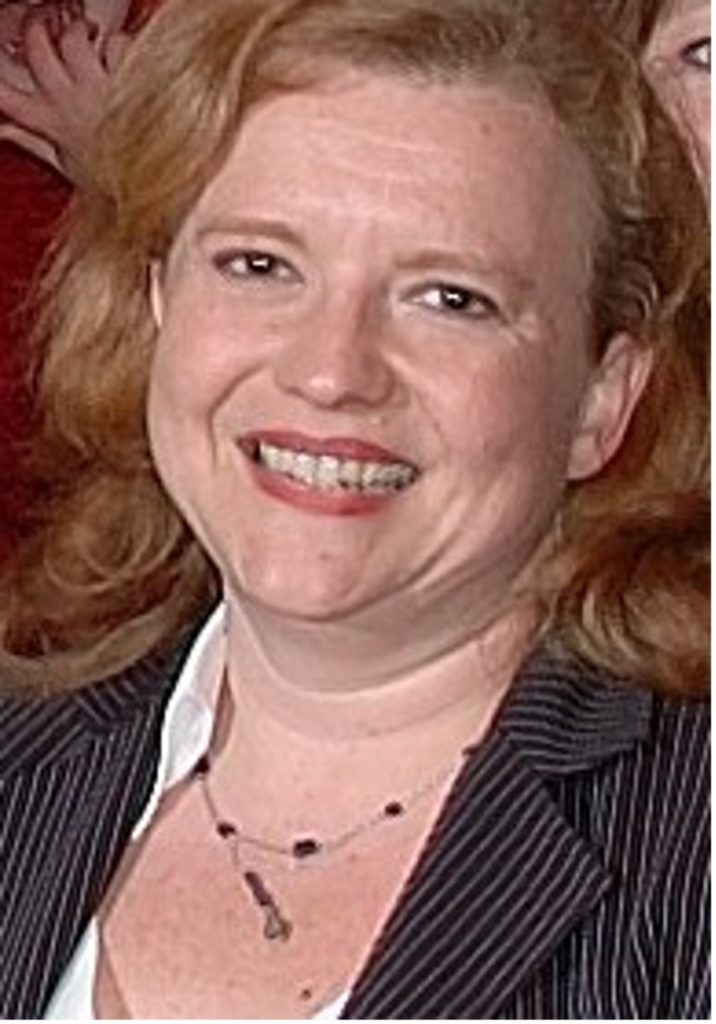By Ishara Nanayakkara
Multiple state, local and tribal governments have pursued litigation against four U.S. pharmaceutical companies alleging corporate responsibility for the severity of the opioid epidemic. In July of 2021, those corporations agreed to pay a total of $26 billion to settle thousands of individual civil lawsuits. This funding is being used to address the crisis in various ways such as revamping old programs and establishing new ones. Many states have also created committees to make recommendations on how these funds should be allocated. A variety of research-based recommendations are available for policymakers to consider, including:
The U.S. Department of Health and Human Services has recognized Naloxone as one of the most effective strategies for addressing overdoses. Naloxone is a medicine that can swiftly reverse an overdose when administered into a muscle or given intranasally. But it must be readily available to individuals and a standard part of first responder equipment. The demand for Naloxone is rapidly rising but access is still not widespread. This may largely be due to the high cost of the product and the stigma surrounding opioid use. States are taking action to increase access to Naloxone through Opioid Education and Naloxone Distribution programs. As of 2020, at least 23 states had issued standing orders for local pharmacies, allowing individuals to purchase it without a prescription.
Fentanyl is a highly addictive synthetic opioid that is 50-100 times stronger than morphine. This substance is sometimes laced into other drugs, which can lead to overdose and death for individuals that unknowingly consume it. Researchers at The Bloomberg School of Public Health at Johns Hopkins University spoke to individuals that use drugs and found that the significant majority were interested in having their drugs checked for fentanyl contamination so that it could be avoided. The researchers tested three drug-checking technologies—BTNX testing strips, the TruNarc Raman spectroscopy machine and the Bruker Alpha machine—for effectiveness. Fentanyl test strips proved to be safe and easy to use. A one-dollar strip works as a pregnancy test does: a test strip is dipped into a cup containing a few grains of the substance dissolved in water. These tests are highly accurate and can detect even tiny amounts of fentanyl—less than one microgram. These tests can also detect other harmful substances, such as acetyl fentanyl, furanyl and carfentanil. Widespread availability and use of test strips could help prevent accidental overdoses due to fentanyl contamination.
Prevention
The causes of opioid addiction varies among individuals, but there are common risk factors such as financial and housing instability, untreated mental health challenges and chronic physical pain. There are multiple policies and programs that can address these risk factors, ranging from providing housing assistance to creating programs to help individuals become involved in the community.
Educating young people is one well researched, evidence-based policy to prevent substance use and abuse. There are several long-term programs focused on children in school, such as Fast Track and the LifeSkills Training Program. These initiatives vary in structure, with some focusing on drug education and others on shaping overall behavior. These programs can start as early as kindergarten and have been found to effectively reduce drug and alcohol use and can even modify aggressive behaviors.
As mental health issues such as depression and anxiety are commonly correlated with substance abuse, programs that address an individual’s mental health can also help prevent drug use. Programs that “help people have better outlooks” have been found to increase the sense of purpose and well-being among people who are vulnerable to depression. In addition to providing employment assistance, increasing volunteering opportunities and access to community activities—such as art projects and library visits—reduces isolation and helps individuals remain occupied, thereby improving their mental health.
State, local and tribal governments can also direct funds toward ensuring racial equity as the rate of overdoses and death have been increasing in Black populations. Black individuals make up 5% of drug users, but they constitute 33% of those in state prisons for drug offenses. Increasing equitable access to treatments including medication can help address the issue.
Resources for Governments
Rural Health Information HubSubstance Abuse and Mental Health Services AdministrationThe Bloomberg School of Public Health – Johns Hopkins UniversityYouth.gov Resource on Youth Programs for Substance Abuse PreventionRAND Resource on Effectively Allocating Opioid Settlement Funds






